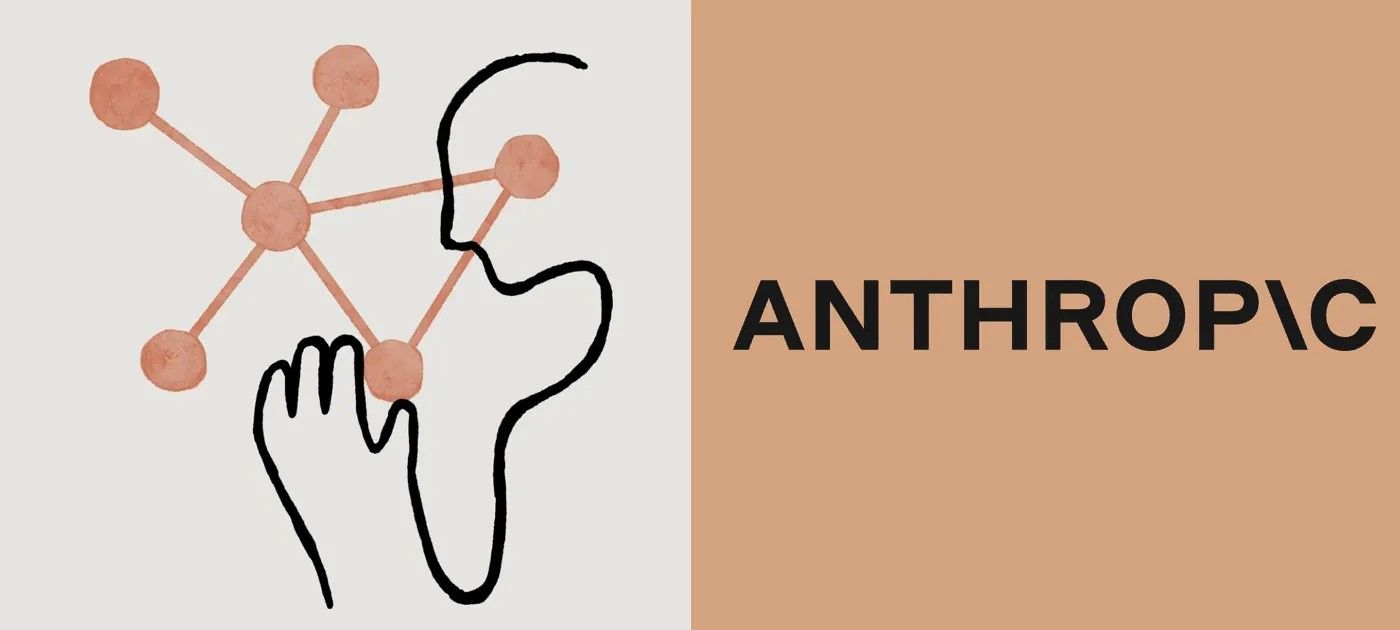Introduction
Anthropic Education Report shows how educators use Claude for teaching, research and automation, based on 74,000 conversations and faculty interviews.
The report provides an empirical snapshot of university-level AI adoption. From course design to student advising and admin tasks, usage is broad and varied. A Gallup survey reports teachers save 5.9 hours per week with AI tools. The analysis blends Claude.ai data (May–June) with qualitative input from 22 early adopters at Northeastern University, mapping tasks to O*NET (U.S. Department of Labor). Bottom line: AI already acts as a work partner for content creation and routine automation, while grading remains the most debated area.
Context
Analysis covers 74,000 chats from higher-education emails, filtered for educator tasks and complemented by Northeastern University interviews.
Researchers used a privacy-preserving tool to identify conversations about syllabi, grading, and course materials. Each chat was matched to the most relevant O*NET task for postsecondary teaching/admin roles. The qualitative lens clarified motivations, concerns and recurring patterns: AI augments high-context, creative work and automates repetitive admin.
Main educator use cases
Top uses include curriculum development, academic research and student assessment/learning support.
Educators turn to Claude to build materials and lesson plans; craft realistic scenarios (including legal or vocational); draft recommendation letters; and prepare agendas and documents. They also use it for their own learning. Northeastern findings point to three drivers: offloading tedious tasks; a thought-partner for ideation; and personalized learning at scale. Examples include chemistry simulations, data visualization dashboards and automated grading rubrics.
From assistant to maker: Claude Artifacts
Artifacts enables classroom-ready interactive resources beyond plain chat.
- Web games and simulations (escape rooms, platformers, virtual labs)
- HTML quizzes with automatic feedback and CSV performance analysis
- Interactive timelines and scientific visualizations
- Discipline tools (stoichiometry, genetics, computational physics)
- Exportable academic calendars and schedules
- Budget planning and financial tools
- Academic documents (minutes, emails, letters, applications, invites)
"What was prohibitively expensive (time) to do now becomes possible. Custom simulation, illustration, interactive experiment. Wow. Much more engaging for students."
Faculty member, Northeastern University
Augmentation vs automation
Educators augment where context and creativity matter, and automate routine bureaucracy.
Augmentation dominates in: teaching and creating materials/practice (77.4%); grant writing (70.0%); advising and student mentorship (67.5%); supervising student work (66.9%). More automation in: finances and fundraising (65.0%); records and performance evaluation (48.9%); admissions and enrollment (44.7%). Collaboration rises with tasks needing judgment; delegation rises with repetitive, standardized work.
"It's the conversation with the LLM that's valuable, not the first response. Use it as a thought partner, not a thought substitute."
Professor, Northeastern University
Assessment and grading
Grading appears less frequent but more automation-heavy than other uses (48.9% when present).
Despite reservations about effectiveness, delegation emerges for feedback and rubric-based scoring. The extent of impact on final grades is unclear. Many prefer AI for formative feedback while keeping human oversight for summative assessment.
"Ethically and practically, I am very wary of using AI tools to assess or advise students. LLMs aren’t good enough yet; it’s my obligation to do a good job."
Professor, Northeastern University
Rethinking what and how to teach
AI shifts methods and content: less mechanical debugging, more concepts, context and critical evaluation of model outputs.
With AI-assisted coding, classes focus on application and analytical thinking. As AI generation scales, discernment and verification skills gain importance. Assessments evolve toward authentic, complex tasks that remain challenging even with AI, while ensuring foundational skills to judge model outputs.
Practical guidelines
- Use AI as a co-author for ideas, outlines and materials
- Automate repetitive tasks and document the workflow
- Prefer AI for formative feedback; keep humans in the grading loop
- Design authentic tasks and assess metacognitive skills
Limitations
Findings reflect filtered chats (~1.5% of academic ones), higher-ed only, potential early adopter bias, small qualitative sample (Northeastern), platform specificity (Claude.ai) and a short time window (May–June).
Conclusion
The Anthropic Education Report highlights a shift from conversational assistant to creative partner. The key challenge is balancing efficiency with educational quality, especially in grading. With clear policies and shared practices, AI can expand resources and personalization without undermining academic integrity.
FAQ
Quick, actionable answers on university educators’ AI adoption.
- What is the Anthropic Education Report in AI research? A study of 74k chats and interviews describing how educators use Claude in higher education.
- How do educators use Claude in teaching? For curriculum, materials, exercises, simulations and formative feedback, with humans supervising key moments.
- Which tasks lean toward augmentation? Lessons, material creation, advising and grant writing—work needing context and creativity.
- Is AI-based grading reliable? It’s contentious: useful for basic feedback, but accuracy limits full delegation of final grades.
- What are Claude Artifacts? A space to build interactive resources (games, quizzes, dashboards) ready for classroom use.
- What are the study’s methodological limits? Filtered and non-exhaustive sample, higher-ed focus, short time window and platform specificity.
